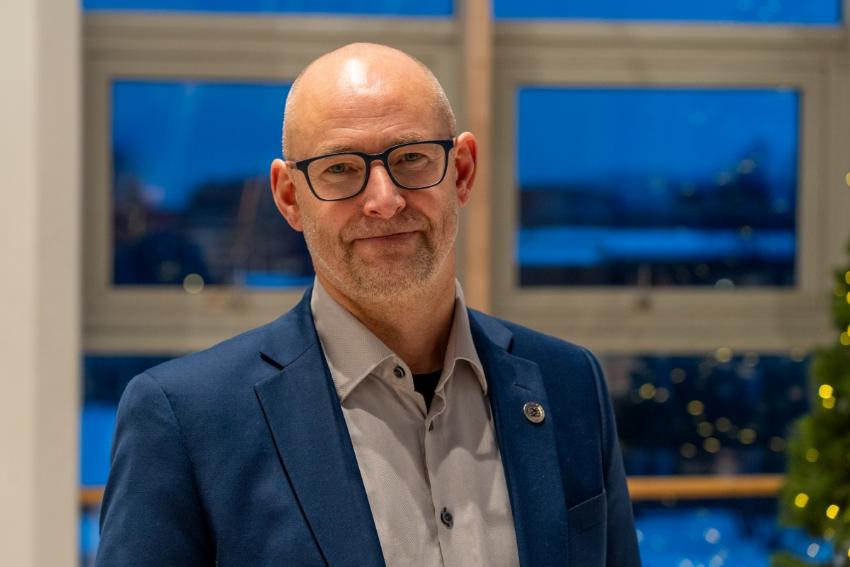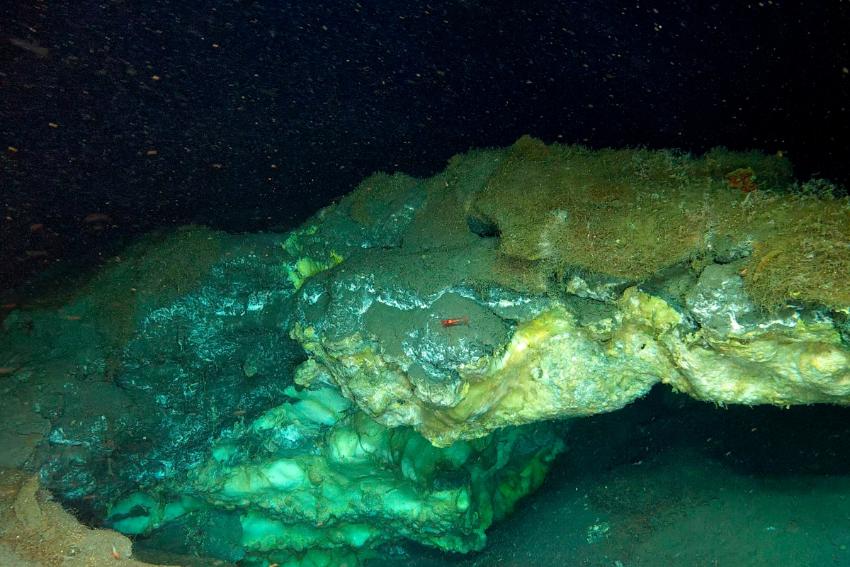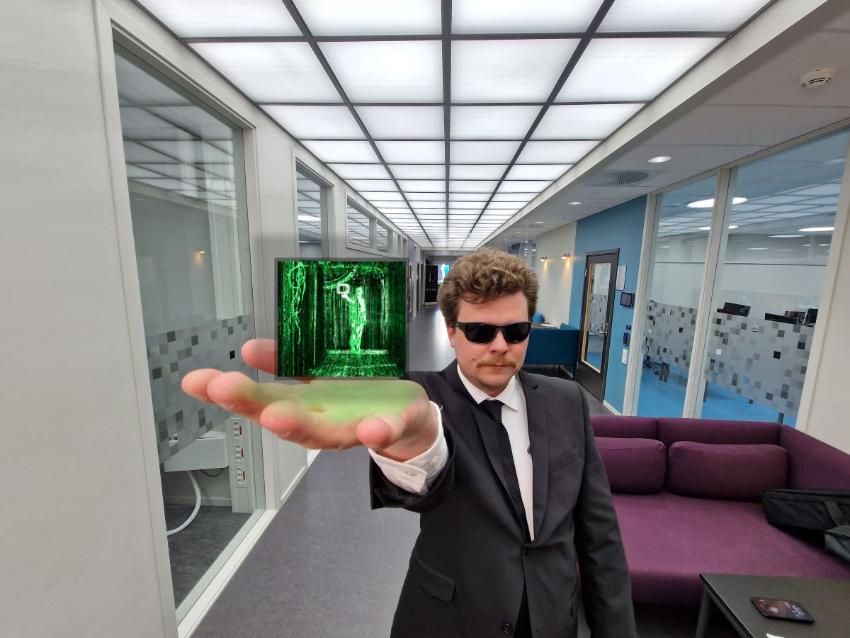Developing a region through education and ground-breaking research
In its slightly more than 50 years of existence, UiT The Arctic University of Norway has had a tremendous impact on the northernmost region of Norway.
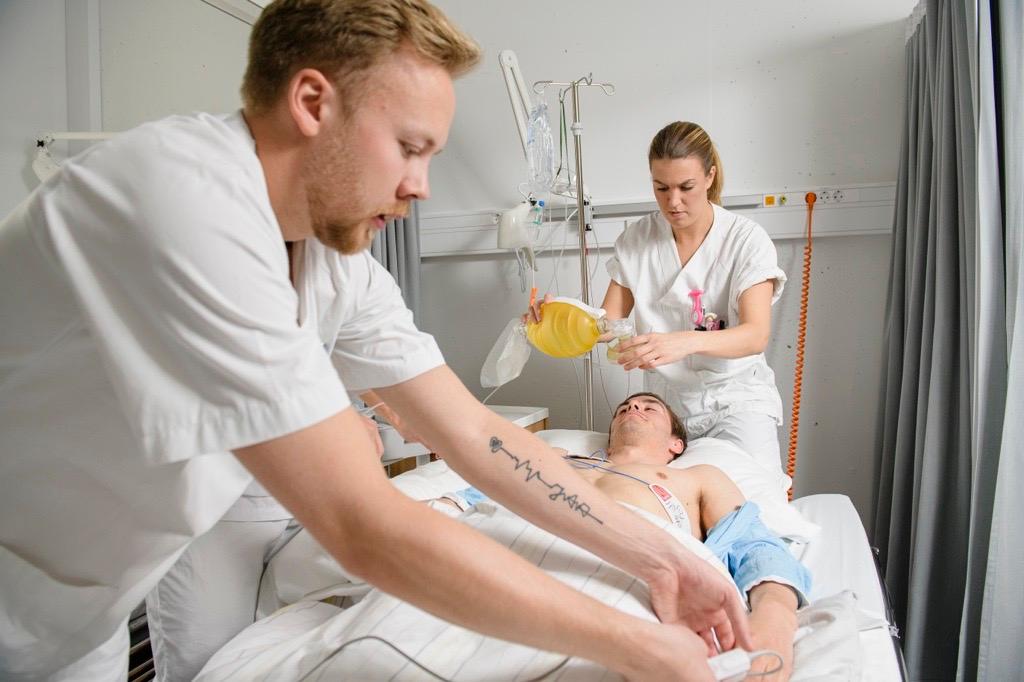
The roots of UiT – The Arctic University of Norway can be traced to an initial teacher training program in 1826. However, it wasn't officially established until 1972 after a long and challenging process.
Regional policy concerns
The idea of a university in Northern Norway was first proposed by Hans A. Meyer, a merchant from Mo i Rana, in 1918. Meyer argued that a university in Tromsø would help recruit skilled officials and professionals with local ties, essential for addressing the high turnover of professionals in the region.

Northern Norway, a vast but sparsely populated area, felt quite remote from the capital, Oslo, and the rest of the world, especially before the internet era. With an area of 112,981 square kilometers and a population of 487,744 in 2023, it comprises 34.9 percent of Norway's area and 8.8 percent of its population.
Northern Norway is traditionally rural and dominated by primary industries. Meyer's proposal was therefore primarily motivated by regional policy concerns. He believed the lack of doctors, teachers, judges, and priests could be addressed by making higher education more accessible in Northern Norway.
Tromsø, with its existing scientific institutions like the Tromsø Museum, Tromsø Public Teacher Training College, and the newly established Geophysical Institute, was seen as the ideal location.
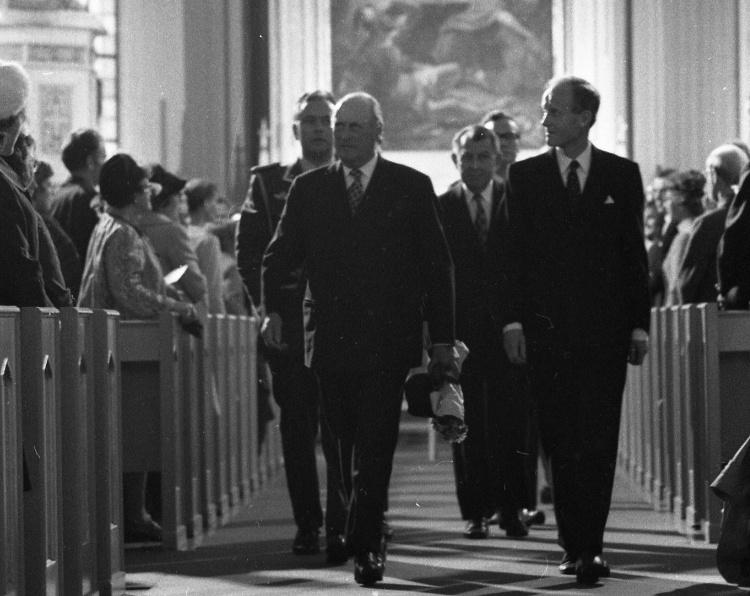
Throughout the 1920s, the idea was further championed by officials, business people, and researchers who viewed higher education and research as keys to the region's development.
They also envisioned the university as a cultural hub that would connect the north closely with the larger cities in the south.
UiT was officially approved in 1968 and opened by King Olav V on September 1, 1972, with 420 students enrolled.
From its inception, UiT's mandate was clear:
To contribute to the development of the region through knowledge and expertise and to establish its place alongside other higher education institutions with an expectation of sectoral collaboration.
Growth and impact
Since then, the student body has grown to nearly 18,000 across 11 campuses throughout Northern Norway. Over the years, UiT has educated approximately 75,000 students, including 6,500 nurses, 2,200 medical professionals, 3,600 teachers, 3,000 preschool teachers, 2,000 lawyers, nearly 5,000 economists/business graduates, and 9,000 engineers/scientists. This has had a tremendous impact on the region, with 70% of UiT graduates remaining in Northern Norway after their studies.
In its slightly more than 50 years of existence, UiT has taken a world-leading position in Arctic research and plays a significant role in Arctic policy. The university excels in linguistics and conducts groundbreaking research in areas ranging from female athletes to fusion and technology for Norway's minority languages, particularly Northern Sami. Over 2,500 PhDs have been awarded at UiT.
The university's importance is also evident in its role in reversing negative population trends and utilizing local resources to foster growth. It underscores the importance of research in ensuring sustainable development in the Arctic, especially considering climate change and new economic opportunities as the ice melts.
Today, UiT has grown to become one of Norway's most important research and educational institutions, with campuses spread across the region. It plays a crucial role in educating the future workforce and contributing to sustainable development in the Arctic areas. Through research, development, and innovation, UiT continues to be a key institution for both regional and global development.
Kortnytt fra
